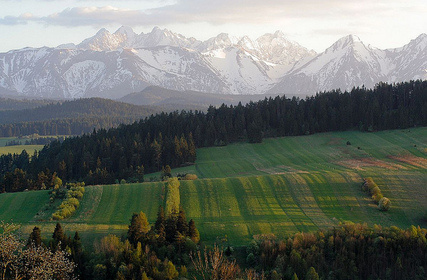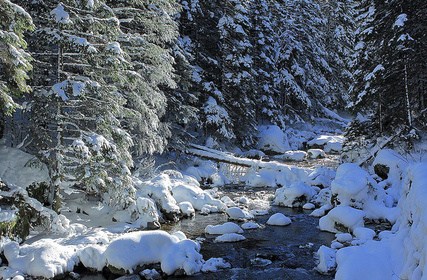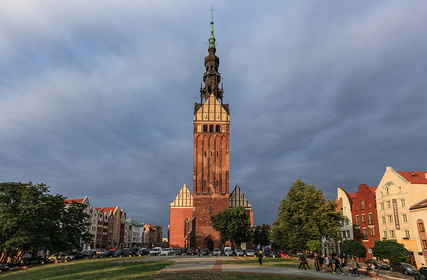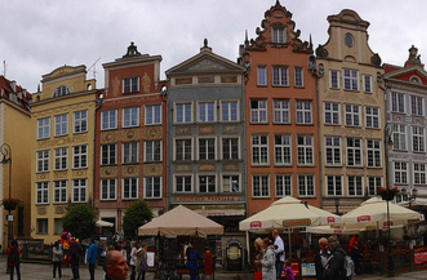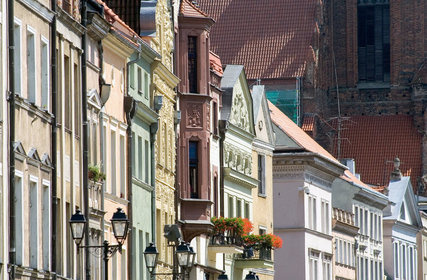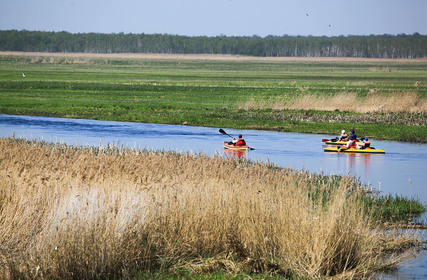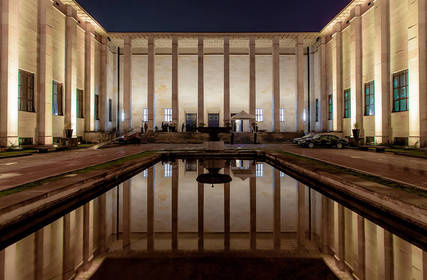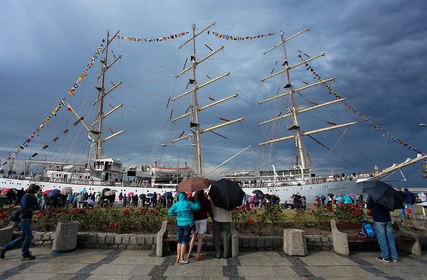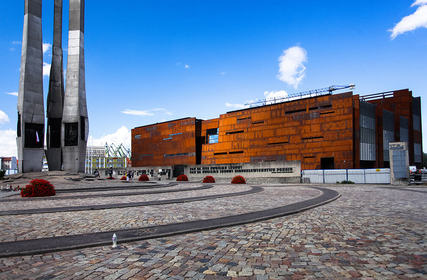Most popular locations in Poland
-
Warszawa
Warsaw is the capital city of Poland. It is also the largest city with a population of more than 2 million residents. While other cities in Poland might be known for their beauty, Warsaw offers its...
-
Kraków
Kraków is the second largest city in Poland, and situated on the banks of the Wisla (Vistula) River. It is a destination steeped in history with legends of knights slaying the Wawel Dragon, howev...
-
Łódź
Łódź is the third-largest city in Poland, located 130 kilometers southwest from Warsaw and steeped in history from its presence in the textile industry. Renown as the center of the Polish textile ...
-
Wrocław
Wroclaw is situated on the River Odra at the foot of the Sudety Mountains in the Silesian Lowlands, and is the largest city in western Poland. With Austrian and Prussian influences, the city has a...
-
Poznań
A city set on the edge of the Warta River in west-central Poland, Poznań may not be the most prominent destination on any Polish travel itinerary but what it lacks in acclaim it makes up for with a...
-
Gdańsk
Gdańsk is Poland’s largest northern city and the country’s main seaport on the Baltic coast. It is part of an area known as Tri-city that is comprised of Gdańsk, Sopot and Gdynia each with their o...
Poland is one of Europe’s most budget-friendly destinations with interesting cities, excellent museums, impressive monuments, picturesque National Parks and Renaissance buildings.
Experience the parks of Warsaw, beaches on the Baltic coast, bohemian bars in Kraków or the pastel-colored houses in Poznań and you’ll be stepping across the threshold of a country that should be firmly on any travel itinerary.
A brief history
Poland, like many European countries, has experienced a culturally tumultuous timeline of history directed by religion, war and politics.
As a country, the borders have been encroached, fought over and conquered by Slavic tribes, Teutonic Knights, the Piast Dynasty, Swedes, Soviets, Ottoman Turks and Germans.
The 14th century saw Casimir the Great construct defensive castles to protect Poland, and he was influential in providing refuge for Jews who had been expelled from other European countries.
From the 16th century, many of Poland’s spectacular architectural buildings and castles were destroyed, however the devastation gave rise to exceptional periods of Polish literature, arts and poetry.
The World Wars saw Poland fall under brutal occupations by the Soviets and Germans, witnessed today in the plethora of memorials, museums and ruins that eerily tell the tale of the grim outcomes that befell on many who lived in Poland.
Today, Poland is a member of both NATO and the European Union and major industries include agriculture, tourism, the energy sector and machinery exports.
When to go
Poland experiences moderate climate conditions however the weather can be changeable year round including summer months, so it is best to be prepared for most weather conditions.
Between May and September you’ll find most attractions such as museums and parks will be open, however be prepared for crowds that want to make the most of hot sunny days. June and July bring the highest influx of tourists to the Baltic Sea beaches.
In spring and autumn, the weather is more bearable for traveling and there are less tourists. Highways won’t be so crowded and places like the Tatra National Park are beautiful with meadows filled with wildflowers.
In winter months, snow arrives at mountain resorts such as Zakopane, and you can discover Christmas markets in Kraków or Warsaw.
Getting around
Poland is reasonably easy to get around with an expansive train and bus network, and major cities having good public transport. The main consideration is timetable scheduling, and pre-booking reservations for train seats on intercity trips.
If you have a travel itinerary that’s flexible, hiring a rental car means you can check out much of Poland outside the major tourist cities of Kraków, Warsaw or Gdansk.
Highways cross much of Poland, however it pays to consider driving as an experience in Poland rather than just a means to get from ‘A’ to ‘B’. Plan your driving itinerary, factor in additional time to allow for delays (particularly in rural areas where you will encounter farm vehicles on the roads) and drive defensively at all times.
Meet the locals
Chat to the locals at a market square where Polish people will appreciate any attempts to speak Polish. Even if you are not fluent your efforts will still be well received. Popular topics of conversation include food, sport or discussing the natural beauty of Poland’s landscape.
Head to the Masurian Lakes, one of Poland’s top spots for hiking, fishing or canoeing. You’ll meet farmers tending their livestock, or villagers heading to Sunday mass at lakeside churches.
Voyage to Podhale, a region of the Carpathian Mountains where you can experience traditional Polish folk music and skiing in winter.
Culture & customs
Multi-ethnic groups and a mix of religions over centuries have influenced Poland’s art, culture, customs, food and music.
Polish food reaches far beyond potatoes – don’t miss trying bigos (stew with sauerkraut, various meats, honey and mushrooms), or pierogi (boiled stuffed dumplings).
Artisan craftspeople are everywhere in Poland and you shouldn’t skip the chance to pick up your own piece of Poland to take home by purchasing a hand-painted ceramic piece from Boleslawiec, or browsing a craft stall for an embroidered lace tablecloth.




